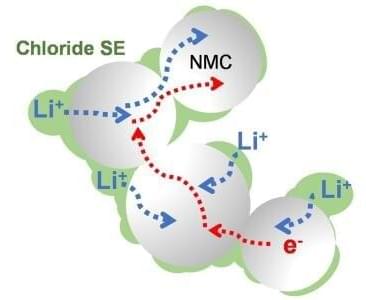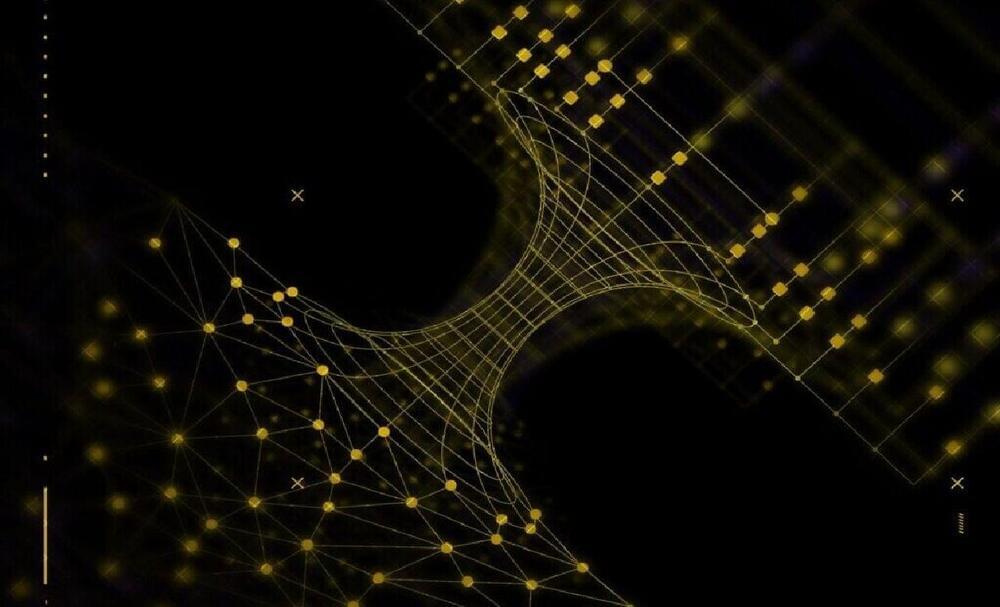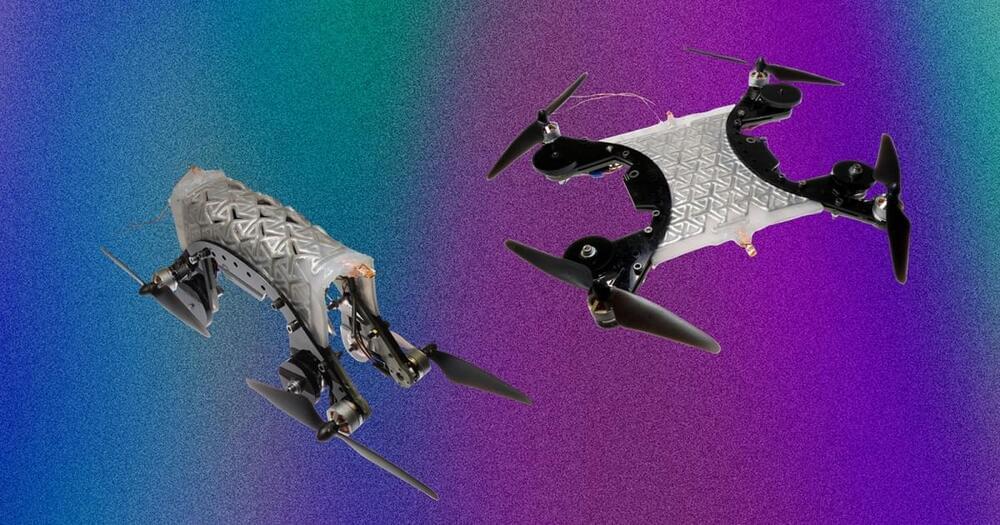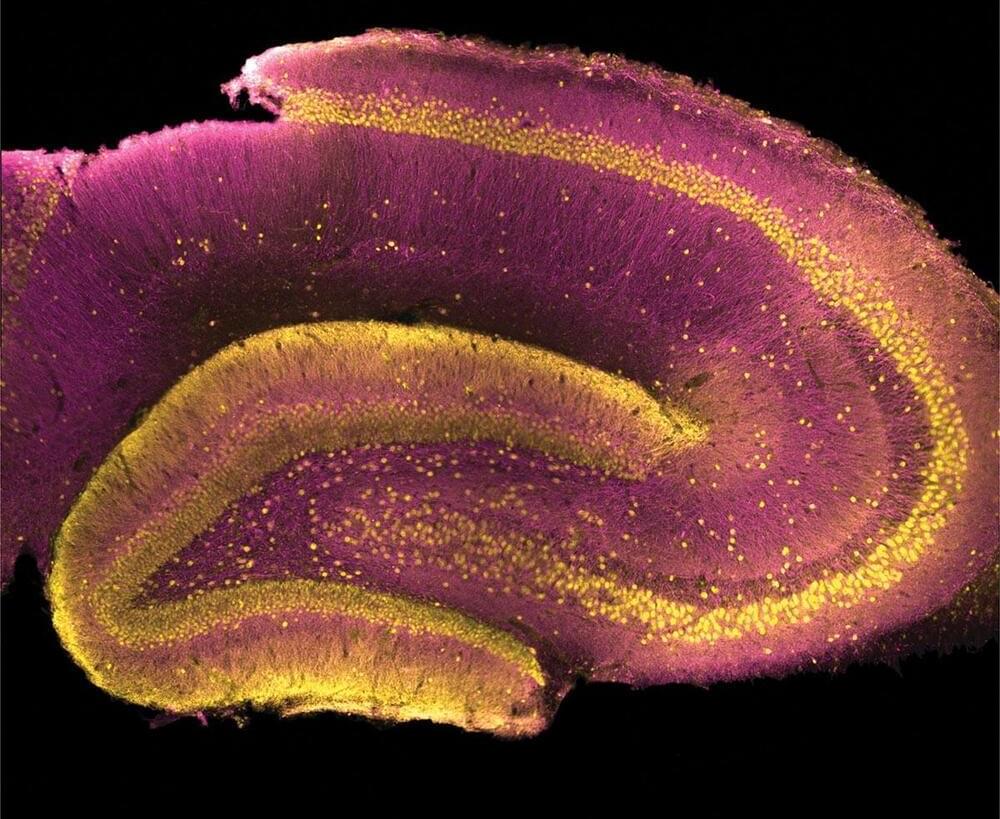About 1 in 300 people in the general population carry the Tay-Sachs disease gene. Ray Kachatorian/Stone via Getty ImagesTwo babies have received the first-ever gene therapy for Tay-Sachs disease after over 14 years of development. Tay-Sachs is a severe neurological disease caused by a deficiency in an enzyme called HexA. This enzyme breaks down a fatlike substance that normally exists in very small, harmless amounts in the brain. Without HexA, however, this fatlike substance can accumulate to toxic levels that damage and kill neurons.
It’s hard to find a single event with a bigger audience than the Super Bowl, which has made it one of the hottest pieces of advertising real estate anywhere. Meta went big this year with a 60 second ad spot that served to both promote VR to a national audience and solidify its rebranding from Oculus Quest 2 to Meta Quest 2.
If you were watching the Rams and Bengals duke it out during Super Bowl 56 on Sunday, you will also have been introduced to ‘Questy’s’ in an ad during the first quarter. The 60 second spot, which centered around a personified animatronic band that once played at a restaurant called Questy’s, was likely the single most expensive VR-related ad ever shown on TV to date.
Previously, aircraft ✈️ had to fly at 1,500 to 5,000 feet for airborne radars to detect illegal activity in our seas 🌊. With SeaVue Multi-Role, pilots can fly as… See more.
In some parts of the world, the sea is lawless, fraught with piracy, smuggling and illegal fishing.
To help navies and coastal authorities combat illegal activity, Raytheon Intelligence & Space has developed the SeaVue family of airborne radars, which detect small maritime targets such as illegal fishing vessels, go-fast boats and stateless ships—ships not registered to a country or government, on the high seas. RI&S engineers have added a new, upgraded radar to the family called SeaVue Multi-Role.
The radar works with RI&S’ AN/DAS-4 Multi-spectral Targeting System, an electro-optical/infrared sensor, to image the targets, providing operators with enhanced actionable intelligence.
In the quest for the perfect battery, scientists have two primary goals: create a device that can store a great deal of energy and do it safely. Many batteries contain liquid electrolytes, which are potentially flammable.
As a result, solid-state lithium-ion batteries, which consist of entirely solid components, have become increasingly attractive to scientists because they offer an enticing combination of higher safety and increased energy density—which is how much energy the battery can store for a given volume.
Researchers from the University of Waterloo, Canada, who are members of the Joint Center for Energy Storage Research (JCESR), headquartered at the U.S. Department of Energy’s (DOE) Argonne National Laboratory, have discovered a new solid electrolyte that offers several important advantages.
Circa 2020
It was an old idea of Stephen Hawking’s: Unseen “primordial” black holes might be the hidden dark matter. A new series of studies has shown how the theory can work.
Poor value of long-delayed biomass project leads Tory peer to say ‘the Government is backing a dead horse’ in sustainability drive.
The thing is, it could be—and a University of Michigan physicist is using quantum computing and machine learning to better understand the idea, called holographic duality.
A new shape-shifting material out of Virginia Tech can be used to give robots the power to transform smoothly between different shapes — like going from a drivable robot to a flying drone.
The challenge: Most of today’s robots are really good at one function — drones are designed to fly, but they can’t swim, and wheeled bots can drive, but they can’t fly.
The few exceptions typically use complex systems of motors, gears, and hinges to reconfigure themselves into different shapes suited for different tasks, but every extra part is a new potential point of failure.
Soul Machines, a New Zealand-based company that uses CGI, AI and natural language processing to create lifelike digital people who can interact with humans in real time, has raised $70 million in a Series B1 round, bringing its total funding to $135 million. The startup will put the funds toward enhancing its Digital Brain technology, which uses a technique called “cognitive modeling” to recreate things like the human brain’s emotional response system in order to construct autonomous animated characters.
The funding was led by new investor SoftBank Vision Fund 2, with additional participation from Cleveland Avenue, Liberty City Ventures and Solasta Ventures. Existing investors Temasek, Salesforce Ventures and Horizons Ventures also participated in the round.
While Soul Machines does envision its tech will be used for entertainment purposes, it’s mainly pursuing a B2B play that creates emotionally engaging brand and customer experiences. The basic problem the startup is trying to solve is how to create personal brand experiences in an increasingly digital world, especially when the main interaction most companies have with their customers is via apps and websites.
Researchers studying a protein that is strongly linked to the psychiatric disorder are the first to determine the protein’s function, tracing it to a structure in the hippocampus called the dentate gyrus.
In the process of solving a decades-long mystery about a particular protein, scientists have identified a specific location in the brain where schizophrenia may originate.
The news: Despite the identification of many genes that show some link to schizophrenia, identifying a part of the brain that is likely responsible for the disorder with a high level of certainty has proven to be extremely difficult — until now.









